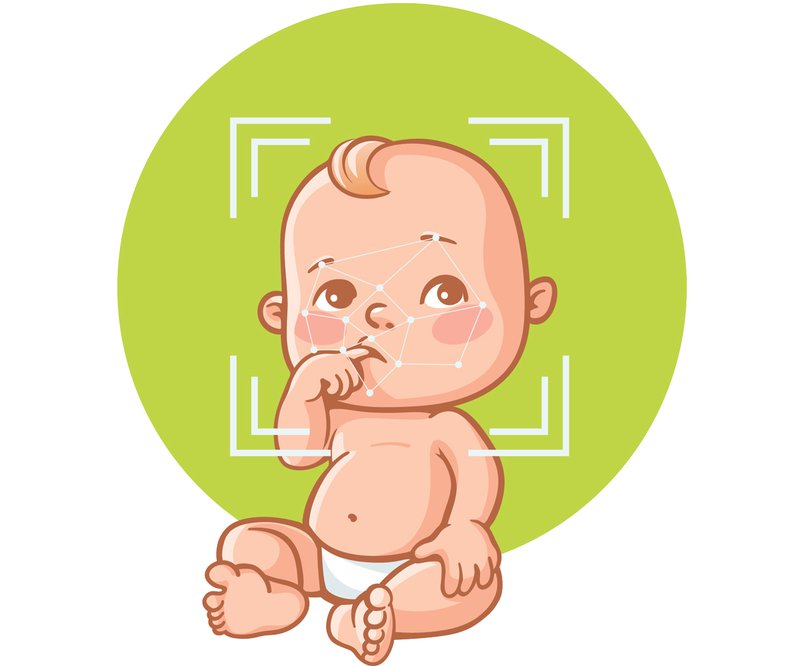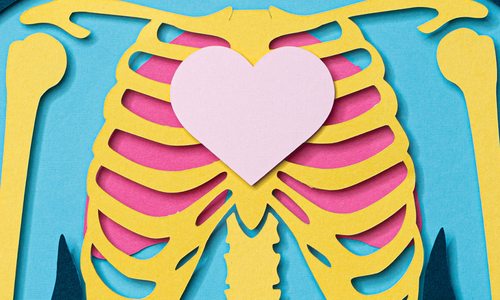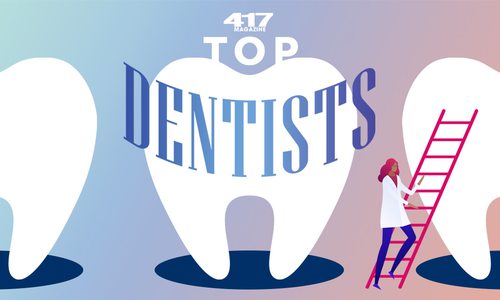Health
Machine-Learning Identifies Pain in Babies
Missouri State University researchers are using artificial intelligence to recognize when infants are in pain, a project with potential applications far beyond the NICU.
By Stephanie Towne-Benoit
Nov 2017

Pain is complicated—especially when those having the sensation can’t tell you when or why they are experiencing it. For example, infants’ cries could be caused by intense pain or by something more benign.
One day, that conundrum might be a thing of the past. That’s because Missouri State University professor Sheryl Brahnam is working with Mercy Hospital Springfield’s neonatal intensive care unit to study artificial intelligence and its ability to determine when infants are experiencing pain, and they’re doing so by analyzing the babies’ expressions and behavior. “This AI is powerful,” says Brahnam, who teaches in the Management and Information Technology Department in MSU’s College of Business.
Brahnam has long explored if AI could recognize facial expressions and the sensations behind them. For example, she studied AI’s ability to learn facial expressions and people’s impressions of them. Called smart embodiment, the technology then applied those associations to the formulation of screen-based human forms for specific purposes (for example, creating a virtual human face to be perceived as intelligent, warm or whatever appearance was deemed most useful or appropriate in assisting people with certain tasks).
Brahnam realized that such a system could be brought to bear in other settings. “This was my original idea: To apply the technologies we have available for recognizing all kinds of expressions or emotions to the recognition of pain,” she says.

Those technologies are machine learners, or special algorithms that can be highly accurate in recognizing patterns, like in the smart embodiment project. Brahnam theorized that such an algorithm could be targeted to evaluate images of babies to determine when they were in pain versus when they were experiencing other sensations like hunger or exhaustion.
Working with Dr. Melinda R. Slack, medical director of Mercy Hospital Springfield’s NICU, Brahnam and her team started by taking hundreds of photos of neonates in various circumstances. For instance, photos captured some babies who were blissfully asleep, some who were crying because of hunger or some other mild discomfort, and others who were experiencing pain from the heel prick required for a state-mandated blood test. The team then organized the data and tweaked the algorithm so the system could learn to make associations and analyze the babies’ pain status in each of the photos.
Brahnam says the next step will be incorporating video data to provide the machine learner with even more information for determining whether babies are experiencing pain. “Pain is also expressed as body movement,” she says, citing examples like clenched fists or fast breathing. The system could then monitor such movements and behaviors, as well as the facial expressions, and notify medical personnel to examine an infant when it displays the indicators that suggest the baby is in pain.
Brahnam and her team, which also includes Loris Nanni, a researcher at Italy’s University of Padova, hope to continue perfecting the system with the goal of it becoming widespread in hospitals and among additional patient groups. “The neonates are one application of brand-new, very powerful machine-learning techniques,” Brahnam says. “There are so many other applications.” She cites possibilities like monitoring the pain of those in hospice settings or determining if patients are feigning pain to obtain prescriptions.
In the future, she says AI could be leveraged in other ways beyond pain recognition. For example, it could analyze the vast amounts of information being collected about diseases like cancer and in turn be used to help doctors make data-informed decisions about the best diagnoses, prognoses and treatments. “It is able to handle big data and help understand these different diseases and examine the relationship between lots of variables,” she says.
Although Brahnam is optimistic about AI’s future applications in health care, she believes these exciting technologies should supplement human intelligence and abilities but not replace them. “Technology can help us, alert us, can be adjunctive, but shouldn’t replace our own vigilance,” she says. “I think it’s very important that we don’t use technology to replace what is human.”
Quiz answer: The baby in row B is experiencing pain, while the baby in row A is crying because of something other than pain.











